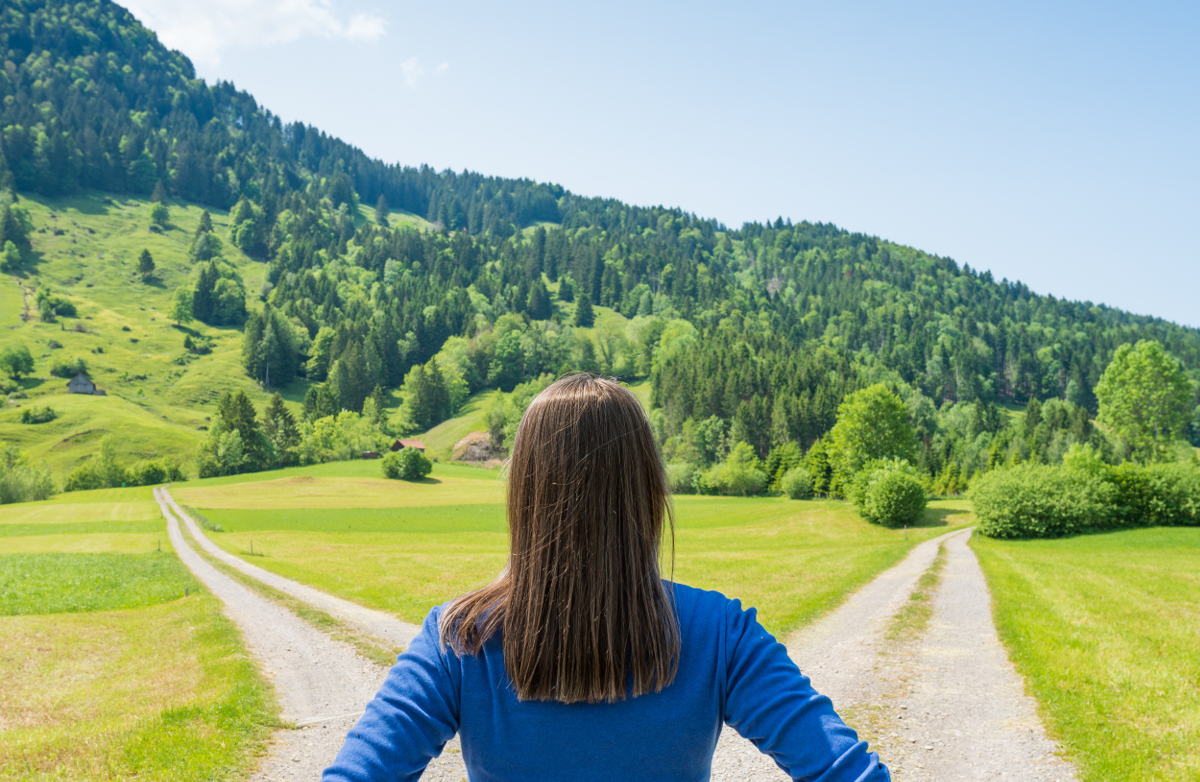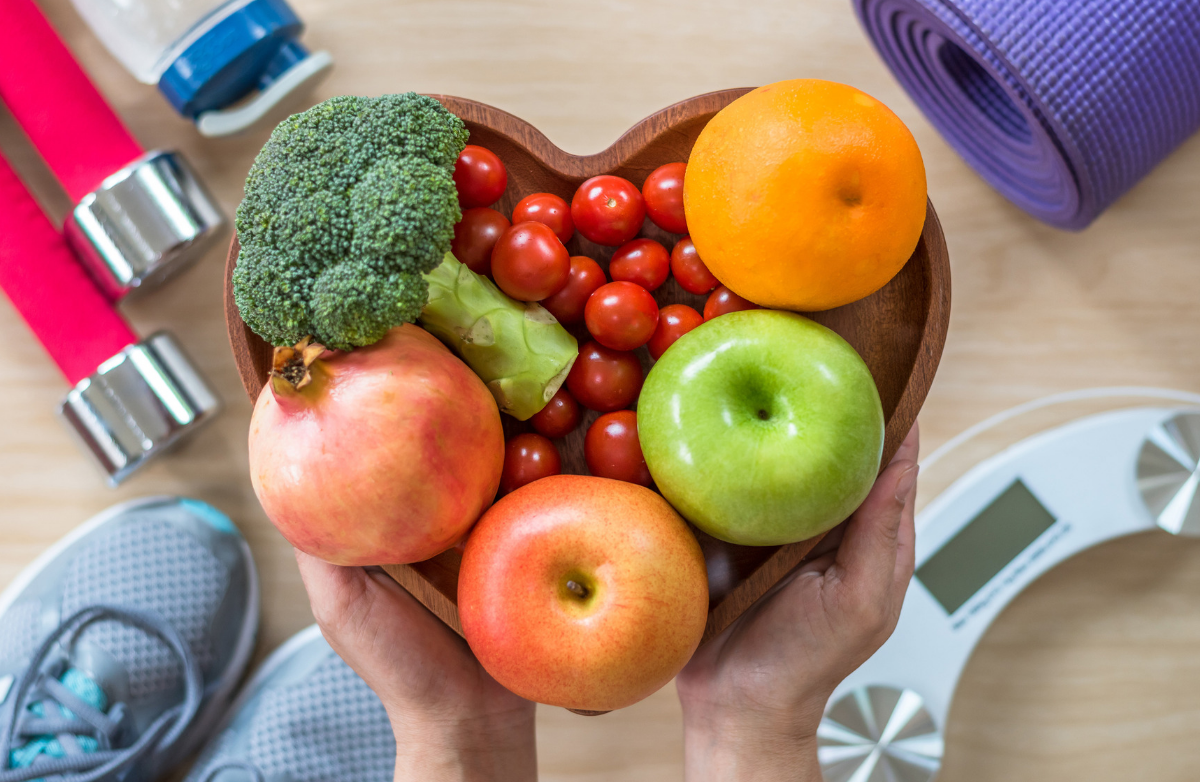
John Keats once wrote, "The poetry of the earth is never dead."
Poet or not, almost all of us have been awestruck by nature at one time or another. Whether it's running at sunset on a sandy white beach, walking alongside a cool trickling stream, watching sunset over a mountain ridge, or even hearing the wind blow through the trees in the morning, being outdoors and aware of the world's beauty can make you feel energized and alive. Recently, much research has focused on the so-called "nature connection," and how it affects our health, outlook and overall life.
Nature's Healing Powers
It seems that just being out in nature does your body, mind and soul some good. According to a study published in the Journal of Epidemiology and Community Health, the closer you live to nature, the healthier you're likely to be. The study took an objective look at 345,143 Dutch people's medical records, assessing health status for 24 conditions, including cardiovascular, respiratory and neurological diseases. The records were then correlated with how much green space was located within 1 kilometer and 3 kilometers of a person's postal code. And what did researchers find? People who lived within 1 kilometer of a park or a wooded area experienced less anxiety and depression than those who lived farther away from green space.
Additionally, people living in urban environments had a higher prevalence of 15 of the 24 conditions, with the relationship strongest for anxiety disorder and depression. It's interesting to note that the green space's health benefits were only found when they were within a kilometer (not 3 kilometers away), except for anxiety disorders, gastrointestinal digestive disorders and other medically unexplained physical symptoms, according to the research.
Live in a city with no green space nearby? No worries! Other studies by researchers in England and Sweden have found that joggers who exercise in a natural green setting with trees, foliage and landscape views, feel more restored, and less anxious, angry and depressed than those runners who burn the same amount of calories in gyms or other urban settings. So even if you have to drive a few miles to find a little green, it's worth it!
Why Does Nature Do the Body So Good?
So what is it about nature that makes us so much healthier? And what is about outdoor exercise that is better than working out in a gym? While there are many theories as to why being in nature makes us healthier, one leading hypothesis is that being outside increases our Vitamin D intake.
We just keep learning more and more about how important vitamin D is for health, including preventing cancer, hormonal problems, obesity, and inflammation, and having a strong immune system. Because sunlight is a natural source of vitamin D, it only seems logical that spending more time in outside would increase your vitamin D intake.
Being in a natural setting can also help increase your quality of sleep, as studies show that natural sunlight helps set the body's internal clock that tells us when to eat and sleep, and normalizes hormonal functions that occur at specific times of the day. And we all know how important sleep is not just for our health, but even for our weight loss!
Enjoying the outdoors also gives us a break from technology and the on-the-run lifestyle to which we're all so accustomed. When we're outside, we have a clearer, more focused mindset to hang out with friends, or spend some quiet time alone or even play with a pet. (Remember: Pets can decrease your blood pressure, cholesterol levels, triglyceride levels and feelings of loneliness, according to the Centers for Disease Control and Prevention). When we're outside, we can also learn and enjoy a new skill or physical activity. And perhaps most important of all, we get a chance to turn off—or better, leave behind—our cell phones to clear our heads and break from the stress we all have each and every day.
How Much Green Exercise Is Enough?
So how much green time do you need? Not much, recent research says. According to the American Chemical Society's journal Environmental Science & Technology, as little as five minutes exercising in a park, working in a backyard garden, hiking on a nature trail, or even sitting in a plant-filled setting will benefit your mental health. From researchers' analysis of 1,252 people of different ages, genders and mental health status performing walking, gardening, cycling, fishing, boating, horse-riding and farming, the greatest health changes occurred in the young and the mentally ill, although people of all ages and social groups benefited. All natural environments benefited study participants, including parks in urban settings. However, green areas with water were especially beneficial, as were environments that were both green and blue (think of a green tree on a bright blue sky).
Fun Ways to Get Outside
Ready to get out there? Here are seven easy ways to enjoy the benefits of nature!
- Make being outside a ritual. Go for a morning or evening walk every day. And if you have one, bring your pooch—outdoor exercise is good for Fido, too.
- Try gardening. From a planting vegetable garden to planting a few flowers, both activities get you outside regularly and communing with nature.
- Take vacations in beautiful places. For your next scheduled break, visit a state or national park or go to a beautiful beach—whatever landscape speaks to you!
- Find a trail. Whether hiking or biking is your speed, there are trails around the country for you to explore. Find one near you at trails.com.
- Sit outside. We're always so on-the-go. The next time you need a break, try sitting outside quietly and just appreciate the natural beauty around you! Notice the scents, sights and sounds as you sit quietly and focus on the moment.
- Go to a local park. Ask others in your neighborhood which park is their favorite to visit. Then the next time the weather is good, trade your usual gym workout for an outdoor one!
- Commit to the outdoors, rain or shine. When you're layered properly, you can enjoy the outdoors in any season, cold, wet or hot. Don't forget about the fun and healthy outdoor activities available during the rainy or cold months—these are the times that we have even less outdoor interaction, but may be when we need it the most!












